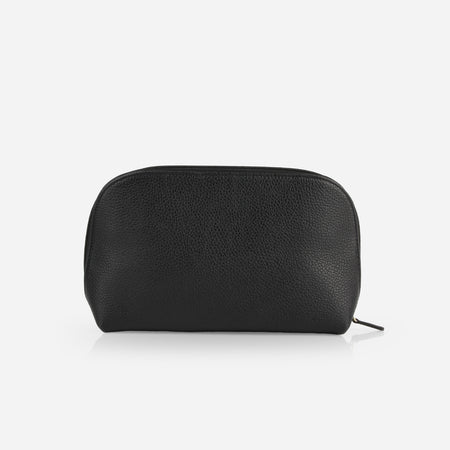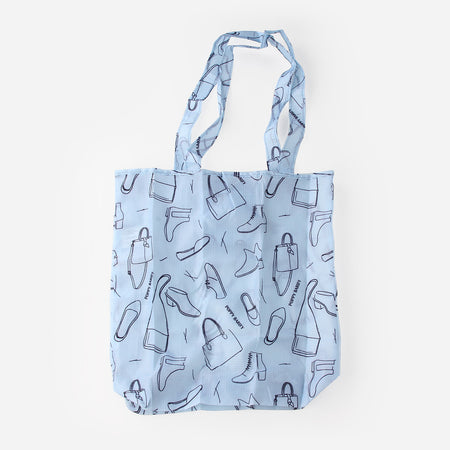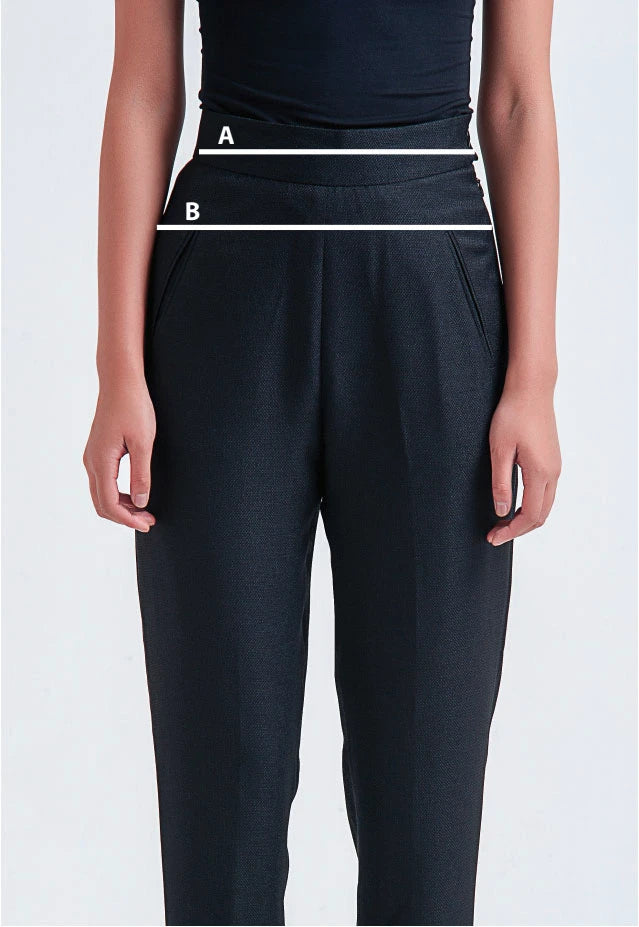
In my past life as a freelance web developer, I had the chance to meet and work with a lot of interesting entrepreneurs. My initial meeting with someone looking to hire a web developer for their startup website usually followed the same pattern: 1) E-mail introduction, 2) Sign a confidentiality agreement (this is almost never necessary, because ideas aren’t worth anything) and 3) “
The Pitch”.
The one thing that always struck me was the certainty that most people had about the inevitable success of their idea, and more confounding, the detailed and complex plan they had drafted for their project/application/website. Having a plan is great, but being certain about something that you have no data to support is not.
My first question after the pitch almost always annoyed them.
“How do you know that people are going to want to pay for this product?”
Most of the time they didn’t have a good answer. So this led me to my next question.
“Why would you sink tens of thousands of dollars into building something that you’re not even sure anyone wants?”
In August 2012, when
Poppy Barley founders Kendall and Justine were shopping for a web developer to help them with the initial version of PoppyBarley.com, a mutual friend suggested they get in touch with me. One thing that impressed me about Kendall and Justine when I originally met them (besides not making me sign a confidentiality agreement) was that they had a good answer to the question, “How do you know that people are going to want to pay for this product?”
Before approaching a web developer with their idea, they had already launched the initial version of their startup website. It wasn’t much, just a simple, three-page site that Kendall hacked together with
Squarespace, but it did a few very important things for them.
- It started the Poppy Barley buzz.
- It allowed them to collect email addresses of potential customers.
- It validated their idea and let them know that they were onto something real that people would be willing to pay for.
I wasn’t the only developer that they met with; they shopped the project around to a few different people. They told me afterwards that the reason they decided to hire me was that I was willing to say no to them. Everyone else just nodded their heads and put a proposal together based on what they had asked for. It was clear to me that they had huge, ambitious plans for their website, but it was also clear that starting right out of the gate with everything they wanted wasn’t going to serve them well. It would have been easy for me to say yes, take their money, and build them what they were asking for, but it would have been a mistake.
The version of the startup website that we launched in November 2012 didn’t have all the bells and whistles that they wanted. It was a fairly straightforward implementation of
WordPress,
WooCommerce and
Gravity Forms, but it did allow them to sell their product and it gave them a starting point. A starting point that we’ve been studying, testing, learning from and building on ever since.
 The first version of your startup website sucks... and that’s ok.
The first version of your startup website sucks... and that’s ok.
Although Poppy Barley is a company that produces physical products, the majority of our business takes place online. I think of Poppy Barley as a technology company and a good portion of our time is spent making technology-based decisions. We spend a lot of time studying how people use our website. We haven’t always been good at doing this. It’s something that we are constantly learning more about and getting better at.
The tools that we use allow us to see—sometimes in real time—how people interact with our site, and based on this information we make changes. The two tools that we use the most are:
1. Google Analytics: Google Analytics is a monster, but if used properly can provide you with invaluable insight into how your customers use your website. If you run an e-commerce site, their e-commerce specific tools make it possible to see the path your customers take to get to your products and then help you to aggregate and make sense of the data.
2. Crazy Egg: If you want insight into how a specific page is performing, the Heat Maps that Crazy Egg provides are great. You can argue about the specific details of a page of your site all you want, but when you can see exactly how people are using the page, it gives you the ability to make informed decisions based on real data. If we had gone ahead in August 2012 and built the full site that Kendall and Justine had envisioned, we would have wasted a lot of time and a lot of money, and the decisions we were making would have been based on guesswork.
We're ultimately trying to sell
boots and
shoes, so it’s important that we understand how people use our site in order to make the process of selling as easy as possible. If something doesn’t work, we can see it clear as day, and we can fix it. We don’t look at our website as a finished product. It’s a living thing that changes on a daily basis. The website that we use today is a much different product than the website we launched in November 2012, and it will likely be much different a year from now.
In short, iteration is a startup's best friend. Start with the basics, ask questions, track data, and build. Launch with the mentality that your startup website is just that--a startup--that will continually evolve. That’s something I can work with.
- Daelan, Developer
To learn more about building a minimum viable product with Wordpress, listen to Daelan's segment on the Product People Podcast, Part One and Part Two.
 In my past life as a freelance web developer, I had the chance to meet and work with a lot of interesting entrepreneurs. My initial meeting with someone looking to hire a web developer for their startup website usually followed the same pattern: 1) E-mail introduction, 2) Sign a confidentiality agreement (this is almost never necessary, because ideas aren’t worth anything) and 3) “The Pitch”.
The one thing that always struck me was the certainty that most people had about the inevitable success of their idea, and more confounding, the detailed and complex plan they had drafted for their project/application/website. Having a plan is great, but being certain about something that you have no data to support is not.
My first question after the pitch almost always annoyed them.
“How do you know that people are going to want to pay for this product?”
Most of the time they didn’t have a good answer. So this led me to my next question.
“Why would you sink tens of thousands of dollars into building something that you’re not even sure anyone wants?”
In August 2012, when Poppy Barley founders Kendall and Justine were shopping for a web developer to help them with the initial version of PoppyBarley.com, a mutual friend suggested they get in touch with me. One thing that impressed me about Kendall and Justine when I originally met them (besides not making me sign a confidentiality agreement) was that they had a good answer to the question, “How do you know that people are going to want to pay for this product?”
Before approaching a web developer with their idea, they had already launched the initial version of their startup website. It wasn’t much, just a simple, three-page site that Kendall hacked together with Squarespace, but it did a few very important things for them.
In my past life as a freelance web developer, I had the chance to meet and work with a lot of interesting entrepreneurs. My initial meeting with someone looking to hire a web developer for their startup website usually followed the same pattern: 1) E-mail introduction, 2) Sign a confidentiality agreement (this is almost never necessary, because ideas aren’t worth anything) and 3) “The Pitch”.
The one thing that always struck me was the certainty that most people had about the inevitable success of their idea, and more confounding, the detailed and complex plan they had drafted for their project/application/website. Having a plan is great, but being certain about something that you have no data to support is not.
My first question after the pitch almost always annoyed them.
“How do you know that people are going to want to pay for this product?”
Most of the time they didn’t have a good answer. So this led me to my next question.
“Why would you sink tens of thousands of dollars into building something that you’re not even sure anyone wants?”
In August 2012, when Poppy Barley founders Kendall and Justine were shopping for a web developer to help them with the initial version of PoppyBarley.com, a mutual friend suggested they get in touch with me. One thing that impressed me about Kendall and Justine when I originally met them (besides not making me sign a confidentiality agreement) was that they had a good answer to the question, “How do you know that people are going to want to pay for this product?”
Before approaching a web developer with their idea, they had already launched the initial version of their startup website. It wasn’t much, just a simple, three-page site that Kendall hacked together with Squarespace, but it did a few very important things for them.
 The first version of your startup website sucks... and that’s ok.
Although Poppy Barley is a company that produces physical products, the majority of our business takes place online. I think of Poppy Barley as a technology company and a good portion of our time is spent making technology-based decisions. We spend a lot of time studying how people use our website. We haven’t always been good at doing this. It’s something that we are constantly learning more about and getting better at.
The tools that we use allow us to see—sometimes in real time—how people interact with our site, and based on this information we make changes. The two tools that we use the most are:
1. Google Analytics: Google Analytics is a monster, but if used properly can provide you with invaluable insight into how your customers use your website. If you run an e-commerce site, their e-commerce specific tools make it possible to see the path your customers take to get to your products and then help you to aggregate and make sense of the data.
2. Crazy Egg: If you want insight into how a specific page is performing, the Heat Maps that Crazy Egg provides are great. You can argue about the specific details of a page of your site all you want, but when you can see exactly how people are using the page, it gives you the ability to make informed decisions based on real data. If we had gone ahead in August 2012 and built the full site that Kendall and Justine had envisioned, we would have wasted a lot of time and a lot of money, and the decisions we were making would have been based on guesswork.
We're ultimately trying to sell boots and shoes, so it’s important that we understand how people use our site in order to make the process of selling as easy as possible. If something doesn’t work, we can see it clear as day, and we can fix it. We don’t look at our website as a finished product. It’s a living thing that changes on a daily basis. The website that we use today is a much different product than the website we launched in November 2012, and it will likely be much different a year from now.
In short, iteration is a startup's best friend. Start with the basics, ask questions, track data, and build. Launch with the mentality that your startup website is just that--a startup--that will continually evolve. That’s something I can work with.
- Daelan, Developer
To learn more about building a minimum viable product with Wordpress, listen to Daelan's segment on the Product People Podcast, Part One and Part Two.
The first version of your startup website sucks... and that’s ok.
Although Poppy Barley is a company that produces physical products, the majority of our business takes place online. I think of Poppy Barley as a technology company and a good portion of our time is spent making technology-based decisions. We spend a lot of time studying how people use our website. We haven’t always been good at doing this. It’s something that we are constantly learning more about and getting better at.
The tools that we use allow us to see—sometimes in real time—how people interact with our site, and based on this information we make changes. The two tools that we use the most are:
1. Google Analytics: Google Analytics is a monster, but if used properly can provide you with invaluable insight into how your customers use your website. If you run an e-commerce site, their e-commerce specific tools make it possible to see the path your customers take to get to your products and then help you to aggregate and make sense of the data.
2. Crazy Egg: If you want insight into how a specific page is performing, the Heat Maps that Crazy Egg provides are great. You can argue about the specific details of a page of your site all you want, but when you can see exactly how people are using the page, it gives you the ability to make informed decisions based on real data. If we had gone ahead in August 2012 and built the full site that Kendall and Justine had envisioned, we would have wasted a lot of time and a lot of money, and the decisions we were making would have been based on guesswork.
We're ultimately trying to sell boots and shoes, so it’s important that we understand how people use our site in order to make the process of selling as easy as possible. If something doesn’t work, we can see it clear as day, and we can fix it. We don’t look at our website as a finished product. It’s a living thing that changes on a daily basis. The website that we use today is a much different product than the website we launched in November 2012, and it will likely be much different a year from now.
In short, iteration is a startup's best friend. Start with the basics, ask questions, track data, and build. Launch with the mentality that your startup website is just that--a startup--that will continually evolve. That’s something I can work with.
- Daelan, Developer
To learn more about building a minimum viable product with Wordpress, listen to Daelan's segment on the Product People Podcast, Part One and Part Two.




















